World famous since the 1960s, Mario Vargas Llosa has exposed in his novels the harsh reality of Peru in particular and Latin America in general during many turbulent periods. In 2010, the Nobel Prize for Literature was awarded to him for his works "analysis of power structures and incisive depictions of resistance, rebellion and defeat of each individual".
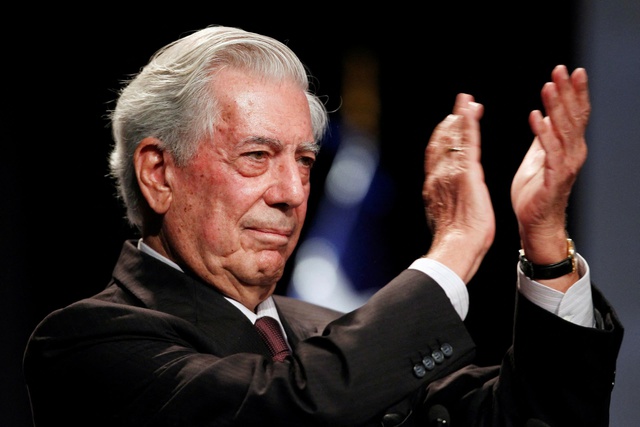
Nobel Prize in Literature 2010 Mario Vargas Llosa
PHOTO: Reuters
Along with Gabriel García Márquez (Colombia), Carlos Fuentes (Mexico) and Julio Cortázar (Argentina), Llosa is the youngest of the quartet that marked the explosion of Latin American literature, contributing to putting this land on the world literary map. But unlike the three writers above, his works are more heavily influenced by realism than ever, and many of them are autobiographical.
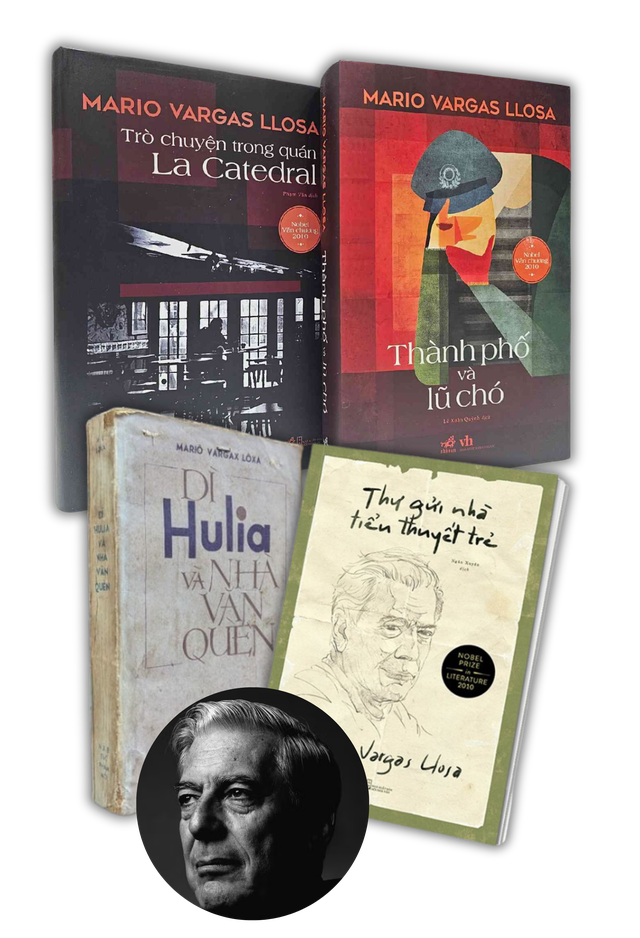
Translated works in Vietnam by writer Mario Vargas Llosa
PHOTO: LE MONDE - DOCUMENTARY
Mario Vargas Llosa was born in 1936 into a middle-class family in southern Peru. At the age of 14, his father sent him to a military academy, which was also the source of the novel The City and the Dogs that brought him international fame. He then got married and went to Paris (France) to make a living as a writer. This experience also gave birth to Aunt Julia and the Poor Writer . In 1969, he published the novel Conversation in La Catedral , which is considered one of his best works. Besides novels, he also wrote short stories, essays, etc. Among them, Letter to a Young Novelist, recently translated into Vietnamese, shows his views on art and literature, and at the same time gives valuable advice to young writers.
Source: https://thanhnien.vn/nguoi-khong-lo-cua-van-chuong-my-latin-qua-doi-185250415224637584.htm


![[Photo] General Secretary To Lam receives French Ambassador to Vietnam Olivier Brochet](https://vstatic.vietnam.vn/vietnam/resource/IMAGE/2025/4/17/49224f0f12e84b66a73b17eb251f7278)

![[Photo] National Assembly Chairman Tran Thanh Man meets with outstanding workers in the oil and gas industry](https://vstatic.vietnam.vn/vietnam/resource/IMAGE/2025/4/17/1d0de4026b75434ab34279624db7ee4a)
![[Photo] Promoting friendship, solidarity and cooperation between the armies and people of the two countries](https://vstatic.vietnam.vn/vietnam/resource/IMAGE/2025/4/17/0c4d087864f14092aed77252590b6bae)
![[Photo] Nhan Dan Newspaper announces the project "Love Vietnam so much"](https://vstatic.vietnam.vn/vietnam/resource/IMAGE/2025/4/17/362f882012d3432783fc92fab1b3e980)
![[Photo] Closing of the 4th Summit of the Partnership for Green Growth and the Global Goals](https://vstatic.vietnam.vn/vietnam/resource/IMAGE/2025/4/17/c0a0df9852c84e58be0a8b939189c85a)












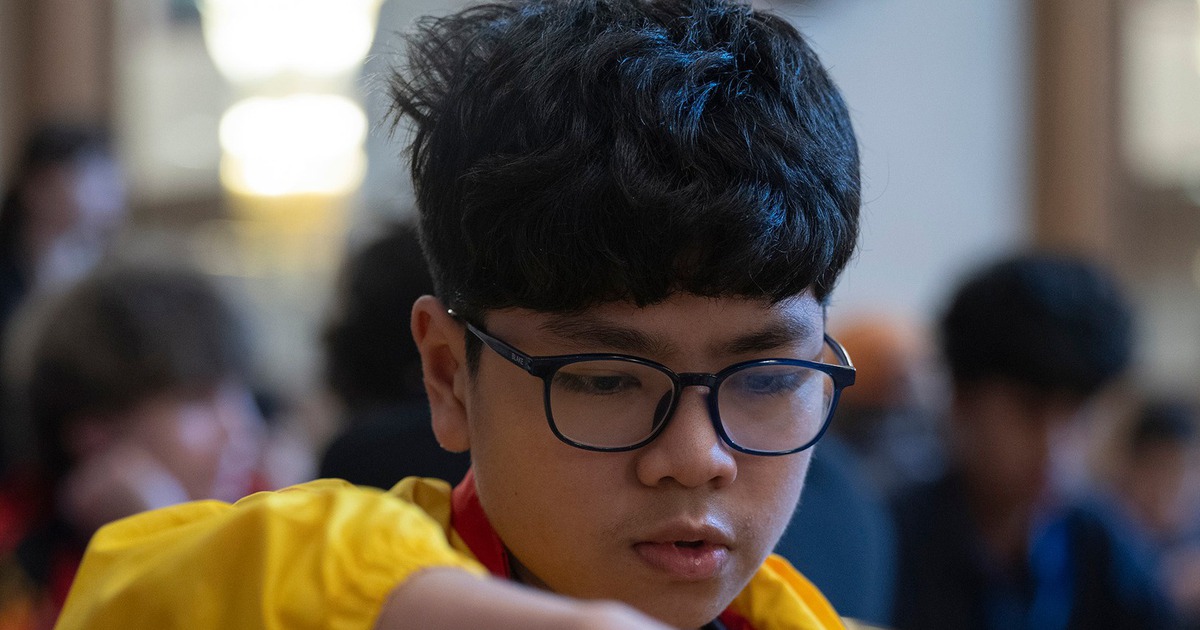

![[Photo] Welcoming ceremony for Chinese Defense Minister and delegation for friendship exchange](https://vstatic.vietnam.vn/vietnam/resource/IMAGE/2025/4/17/fadd533046594e5cacbb28de4c4d5655)




























![[Video] Viettel officially puts into operation the largest submarine optical cable line in Vietnam](https://vstatic.vietnam.vn/vietnam/resource/IMAGE/2025/4/17/f19008c6010c4a538cc422cb791ca0a1)
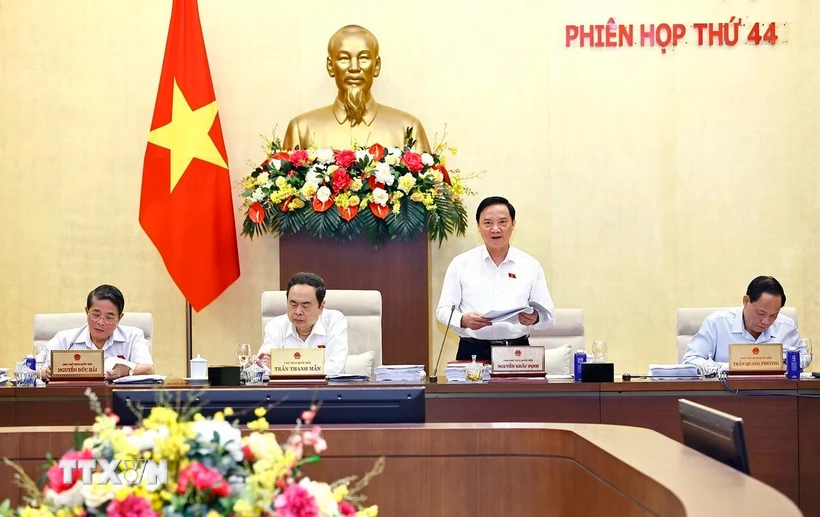
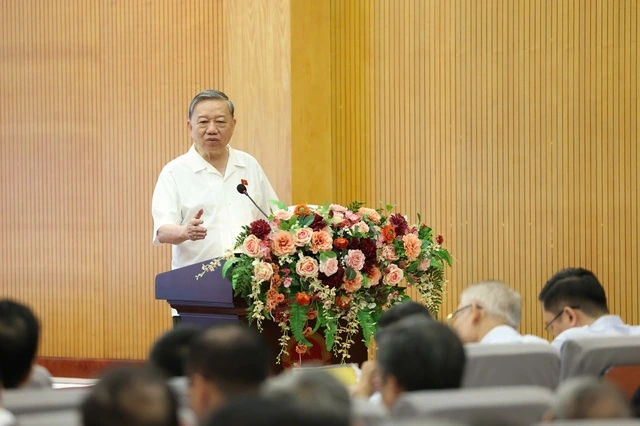
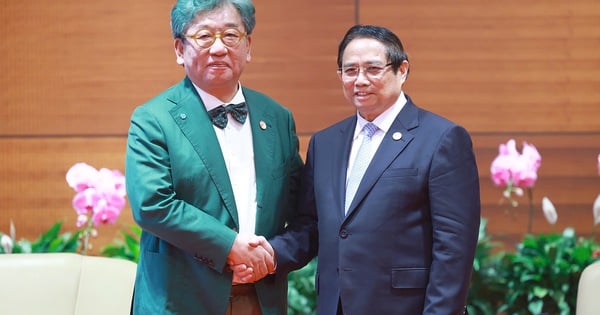

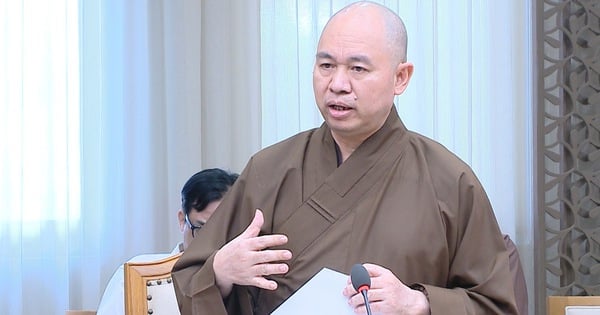
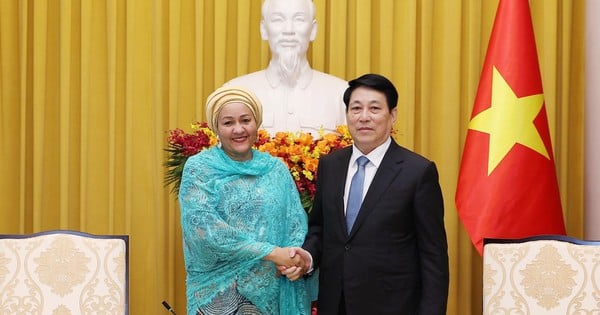
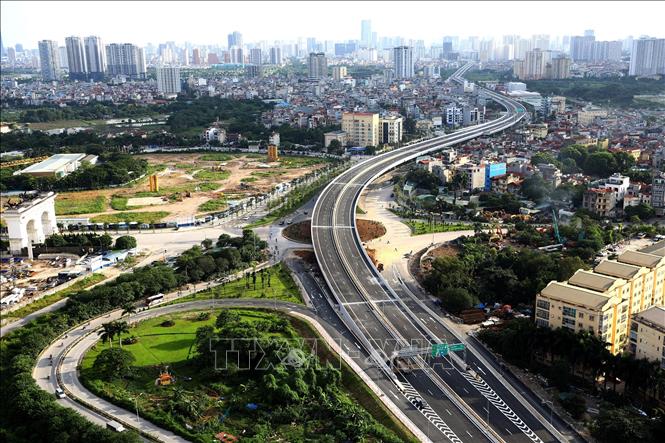



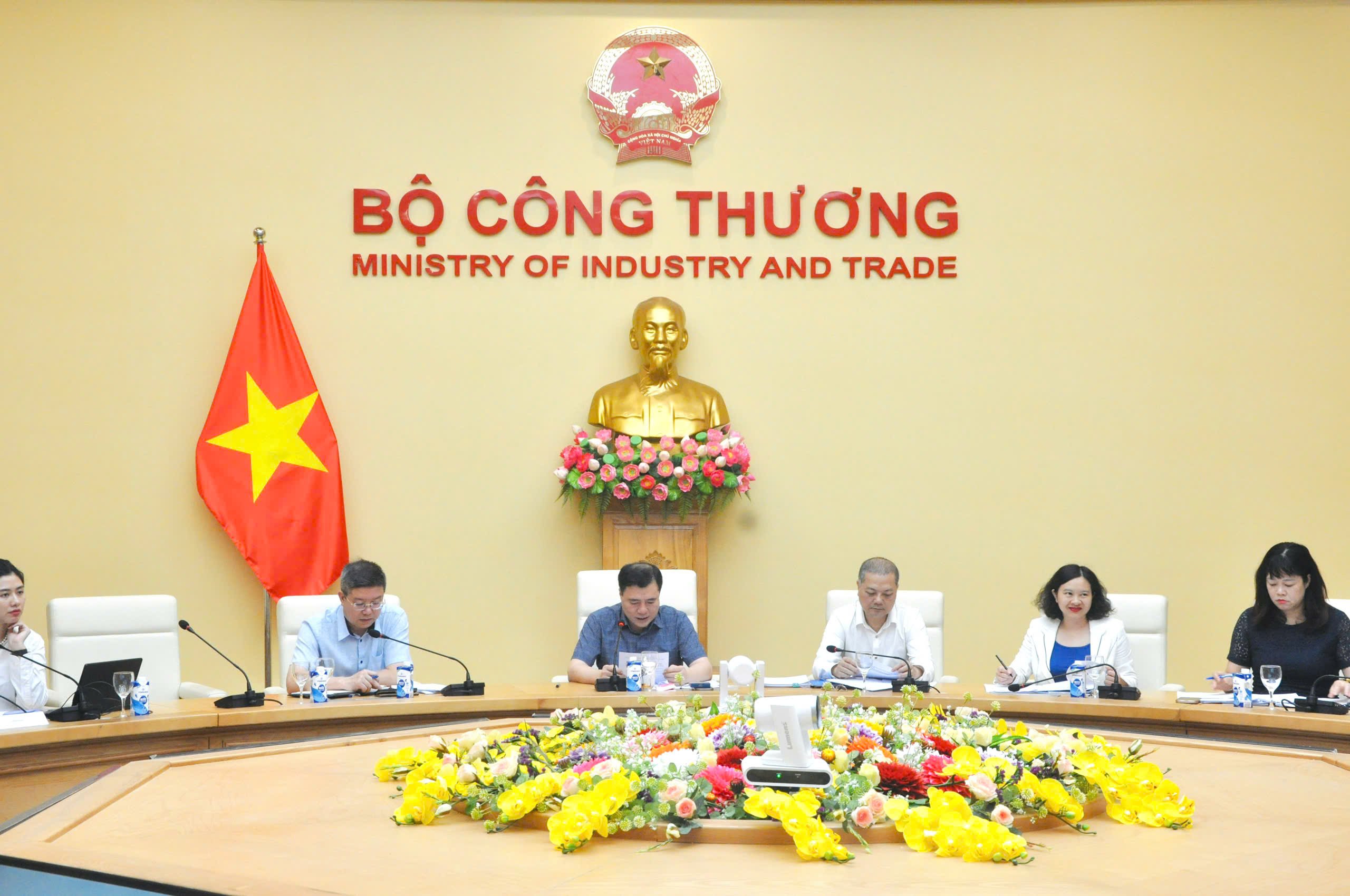



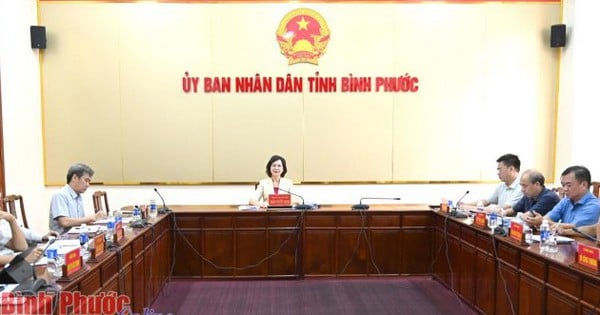

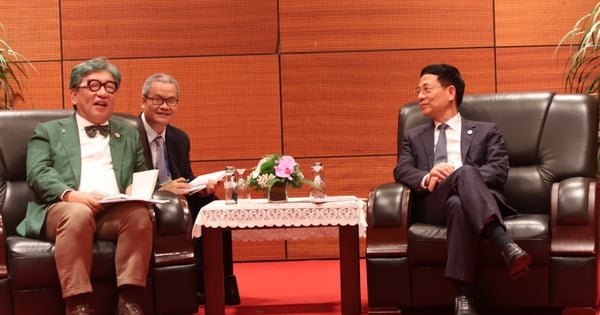
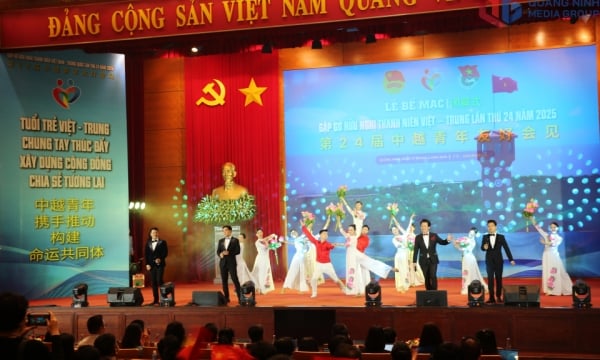

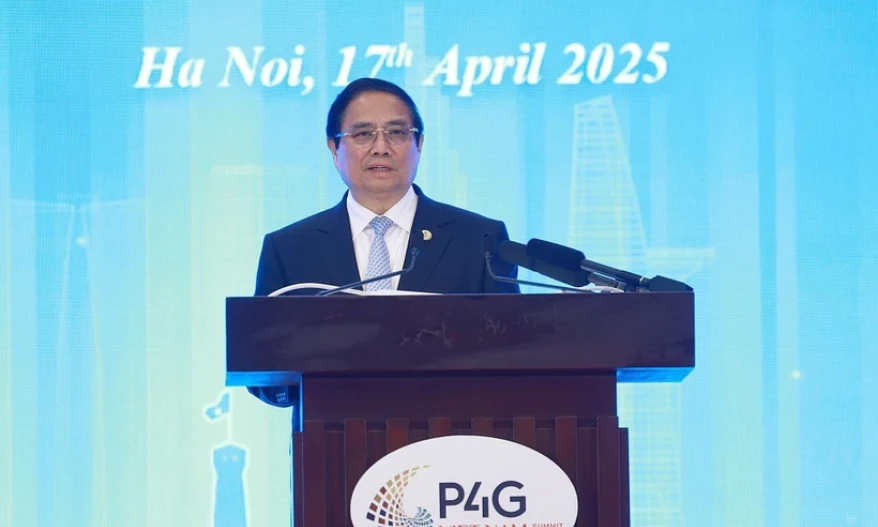


















Comment (0)